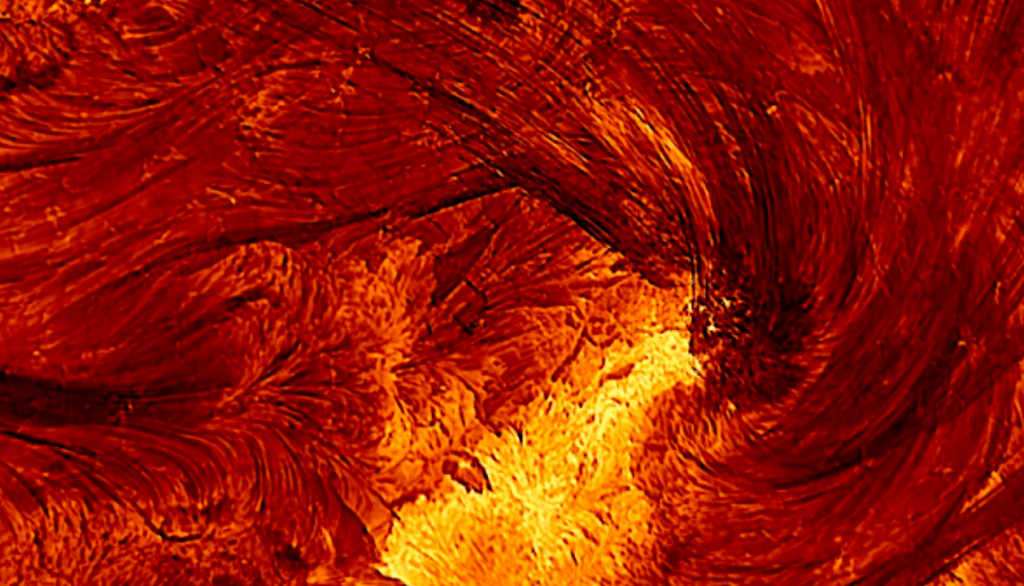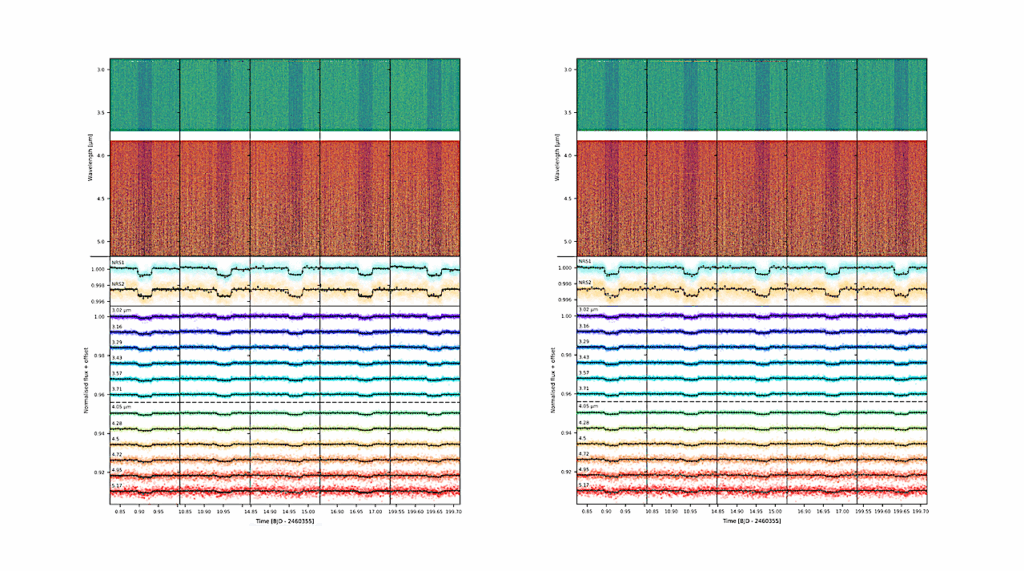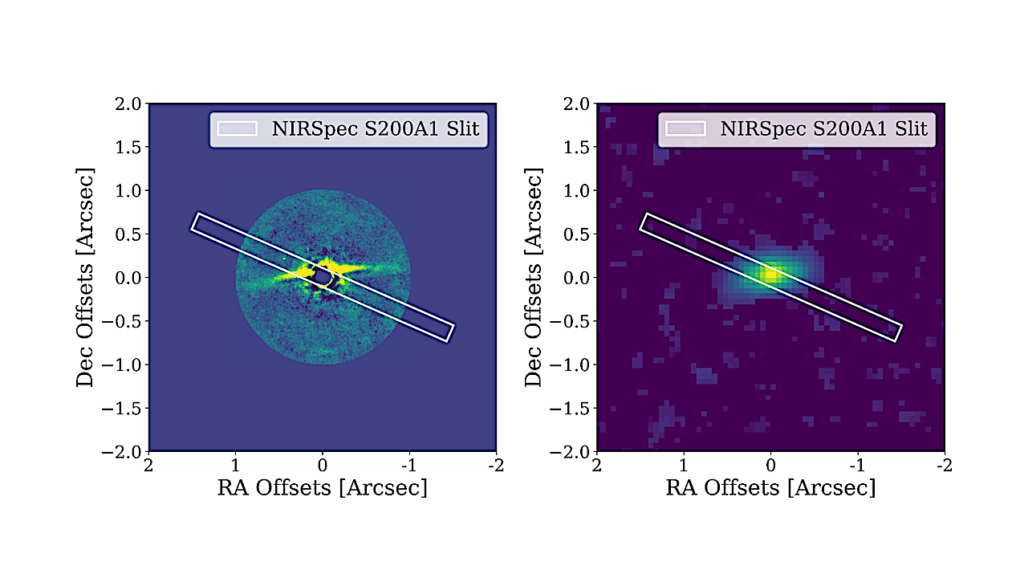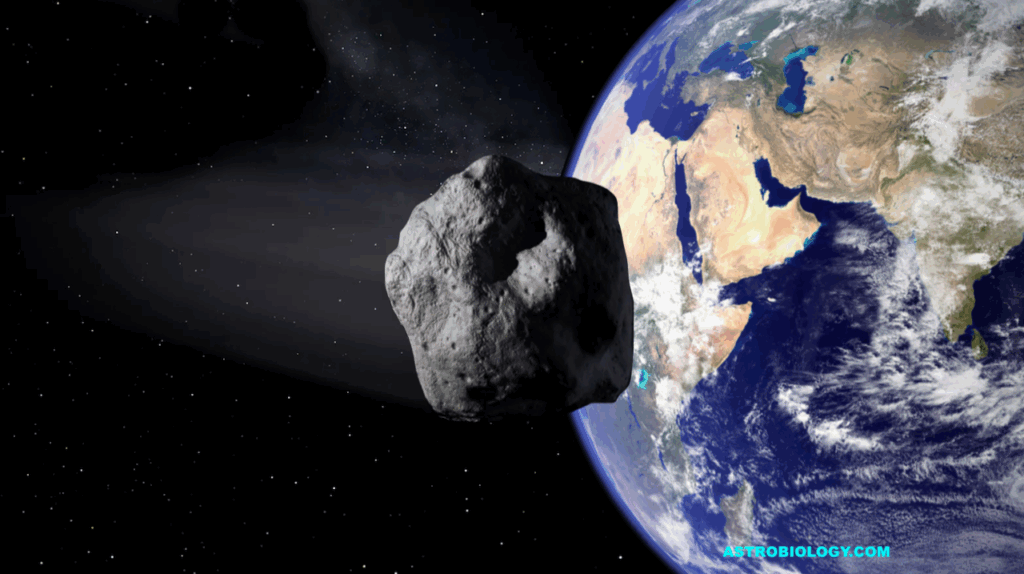Can Carbon Fractionation Provide Evidence for Aerial Biospheres in the Atmospheres of Temperate Sub-Neptunes?

The search for signs of life on other worlds has largely focused on terrestrial planets. Recent work, however, argues that life could exist in the atmospheres of temperate sub-Neptunes.
Here, we evaluate the usefulness of carbon dioxide isotopologues as evidence of aerial life. Carbon isotopes are of particular interest as metabolic processes preferentially use the lighter 12C over 13C.
In principle, the upcoming James Webb Space Telescope (JWST) will be able to spectrally resolve the 12C and 13C isotopologues of CO2, but not CO and CH4. We simulated observations of CO2 isotopologues in the H2-dominated atmospheres of our nearest (<40 pc), temperate (equilibrium temperature of 250-350 K) sub-Neptunes with M dwarf host stars. We find 13CO2 and 12CO2 distinguishable if the atmosphere is H2-dominated with a few percentage points of CO2 for the most idealized target with an Earth-like composition of the two most abundant isotopologues, 12CO2 and 13CO2.
With a Neptune-like metallicity of 100× solar and a C/O of 0.55, we are unable to distinguish between 13CO2 and 12CO2 in the atmospheres of temperate sub-Neptunes. If atmospheric composition largely follows metallicity scaling, the concentration of CO2 in a H2-dominated atmosphere will be too low to distinguish CO2 isotopologues with JWST.
In contrast, at higher metallicities, there will be more CO2, but the smaller atmospheric scale height makes the measurement impossible. Carbon dioxide isotopologues are unlikely to be useful biosignature gases for the JWST era. Instead, isotopologue measurements should be used to evaluate formation mechanisms of planets and exoplanetary systems.
Ana Glidden, Sara Seager, Jingcheng Huang, Janusz J. Petkowski, Sukrit Ranjan
Comments: 11 pages, 3 figures. Published in the Astrophysical Journal on May 4, 2022. The final authenticated version is available online at: this https URL
Subjects: Earth and Planetary Astrophysics (astro-ph.EP)
Cite as: arXiv:2205.06284 [astro-ph.EP] (or arXiv:2205.06284v1 [astro-ph.EP] for this version)
https://doi.org/10.48550/arXiv.2205.06284
Focus to learn more
Journal reference: ApJ 930 62 (2022)
Related DOI:
https://doi.org/10.3847/1538-4357/ac625f
Submission history
From: Ana Glidden
[v1] Thu, 12 May 2022 18:03:00 UTC (518 KB)
https://arxiv.org/abs/2205.06284
Astrobiology








